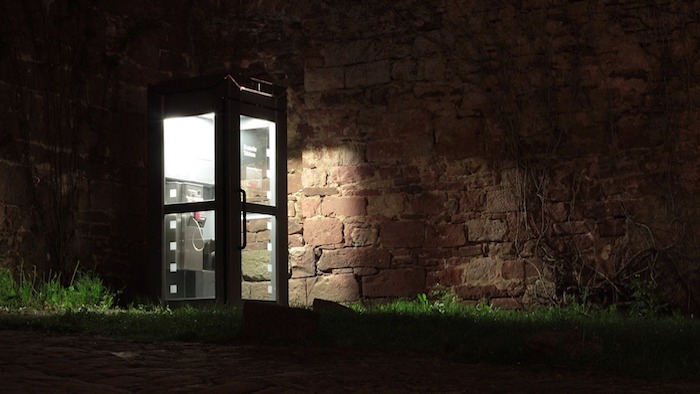As European Union leaders gather in Tallinn for the Digital Summit, paving the way for setting the plans for the digital innovation that will enable Europe “to stay ahead of the technological curve and be a digital lead in the global world to come”, we had a look at figures on how digital European citizens are.
The maps below, based on Eurostat findings, show the Europeans’ digital activity in three main fields: overall internet use; connexions to some government-run website and use of social networks.
Regarding internet use, as Eurostat points out, “the proportion of the population regularly using the internet increased in 2016 by 3 percentage points compared with 2015. Nearly four in five (79 %) people aged 16 to 74 used the internet at least once a week. British, Dutch and Danish regions, as well as Luxembourg had the highest shares of regular internet use in 2016.”
When it comes to European relationship with e-government, “just under half (48 %) of individuals aged 16 to 74 in the EU-28 used the internet for e-government purposes in the 12 months prior to the 2016 survey. Such activities were particularly common for people living across the regions of the Netherlands and the Nordic Member States, while interaction with e-government services was least common across the regions of Bulgaria, Italy and Romania."
As for social networking online, “just over half (52 %) of individuals aged 16 to 74 in the EU-28 used the internet for social networking in 2016, with particularly high shares in capital city regions and more generally in regions across Nordic and western EU Member States; France was an exception with many regions reporting relatively low shares participating in social networking."
Cet article est publié en partenariat avec The European Data Journalism Network – CC/BY/NC
Cet article est publié en partenariat avec The European Data Journalism Network – CC/BY/NC
Cet article est publié en partenariat avec The European Data Journalism Network – CC/BY/NC
Cet article est publié en partenariat avec The European Data Journalism Network – CC/BY/NC
Cet article est publié en partenariat avec The European Data Journalism Network – CC/BY/NC
Was this article useful? If so we are delighted!
It is freely available because we believe that the right to free and independent information is essential for democracy. But this right is not guaranteed forever, and independence comes at a cost. We need your support in order to continue publishing independent, multilingual news for all Europeans.
Discover our subscription offers and their exclusive benefits and become a member of our community now!












